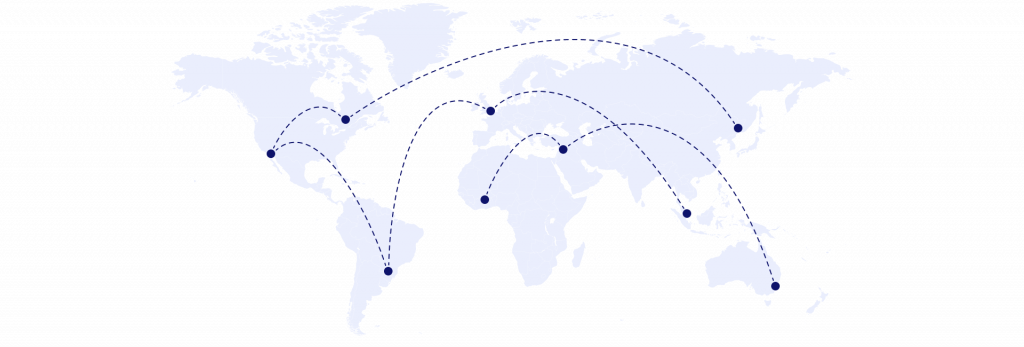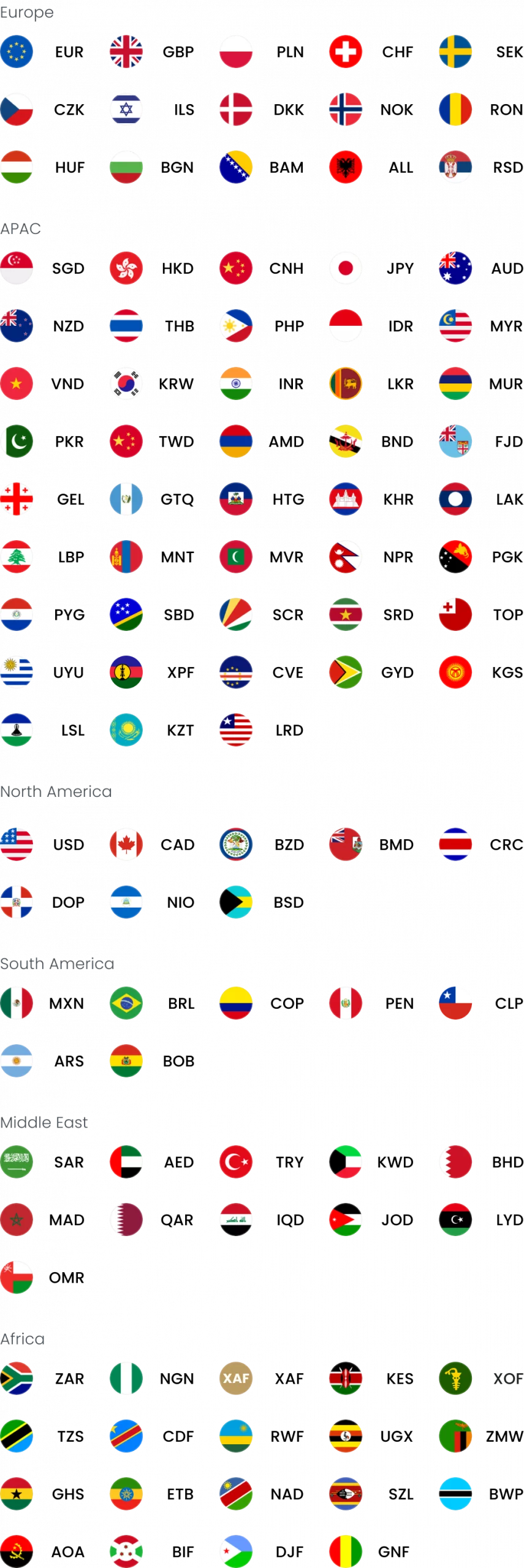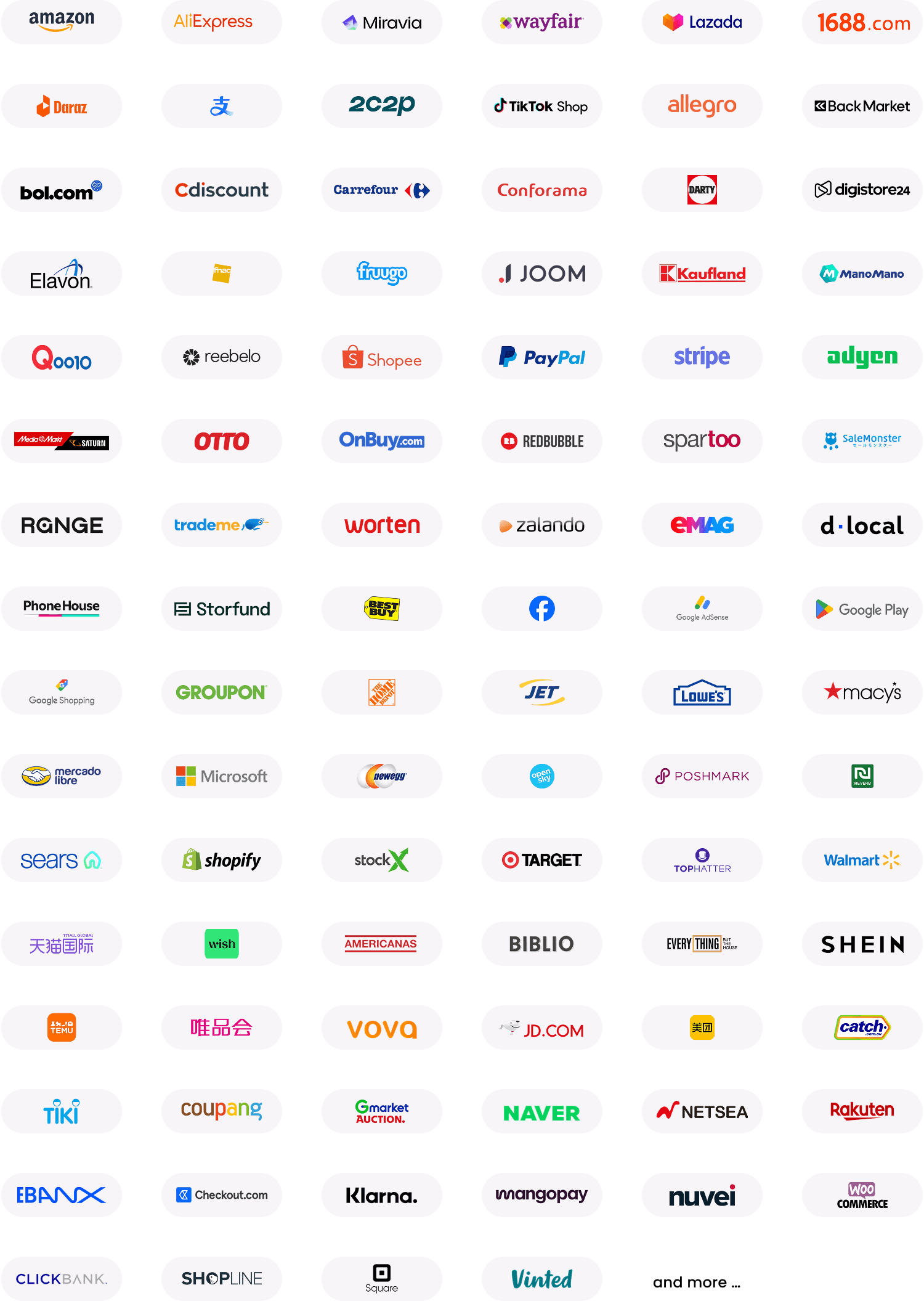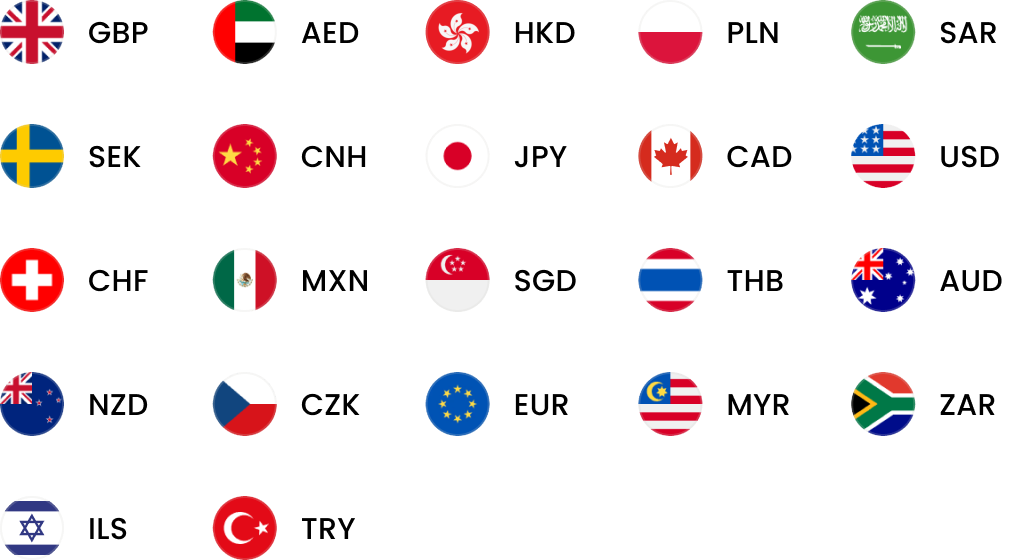Insights from WorldFirst
Whether you’re looking to grow your brand, maximise online sales or expand your
business into a new region, the latest insights from WorldFirst have you covered

How to pay dropshipping suppliers: A guide for global sellers
One major challenge for dropshippers is building relationships with reliable suppliers. In this guide, we share how to find and pay suppliers.
Dec / 2025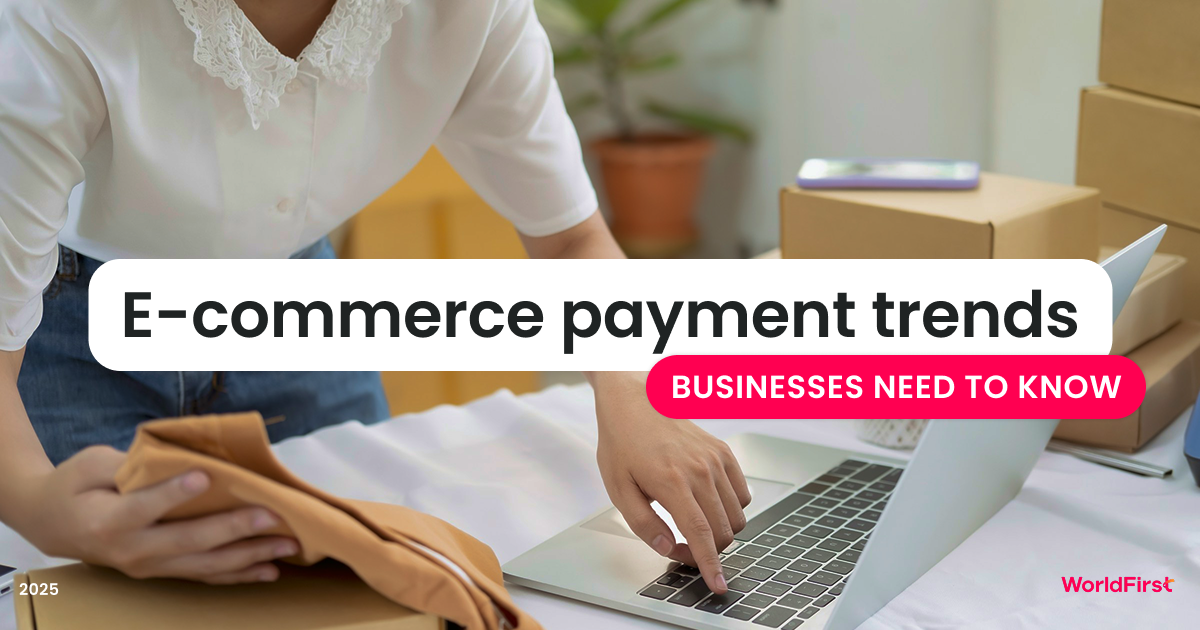
E-commerce payment trends 2025 - what businesses need to know
Stay ahead with 2025’s biggest ecommerce payment trends—from BNPL to real-time payments shaping the future of online sales.
Nov / 2025
Amazon seller payouts: Everything you need to know
If you’re selling on Amazon, your first questions will be, when will you get paid? In this guide, we share the details – and how WorldFirst helps.
Sep / 2025
The opportunities in Malaysia when expanding your business globally
Explore business opportunities and manage costs effectively in Malaysia with this guide for European businesses.
Dec / 2024
Poland’s tech hubs that are driving business innovation and growth
Discover how Warsaw and Krakow are driving business growth in Poland. Learn about their innovative tech scenes and opportunities for expansion.
Dec / 2024
How Poland’s stable economy lets businesses thrive
Poland’s resilient economy and pro-business policies make it an ideal destination for businesses looking to grow.
Dec / 2024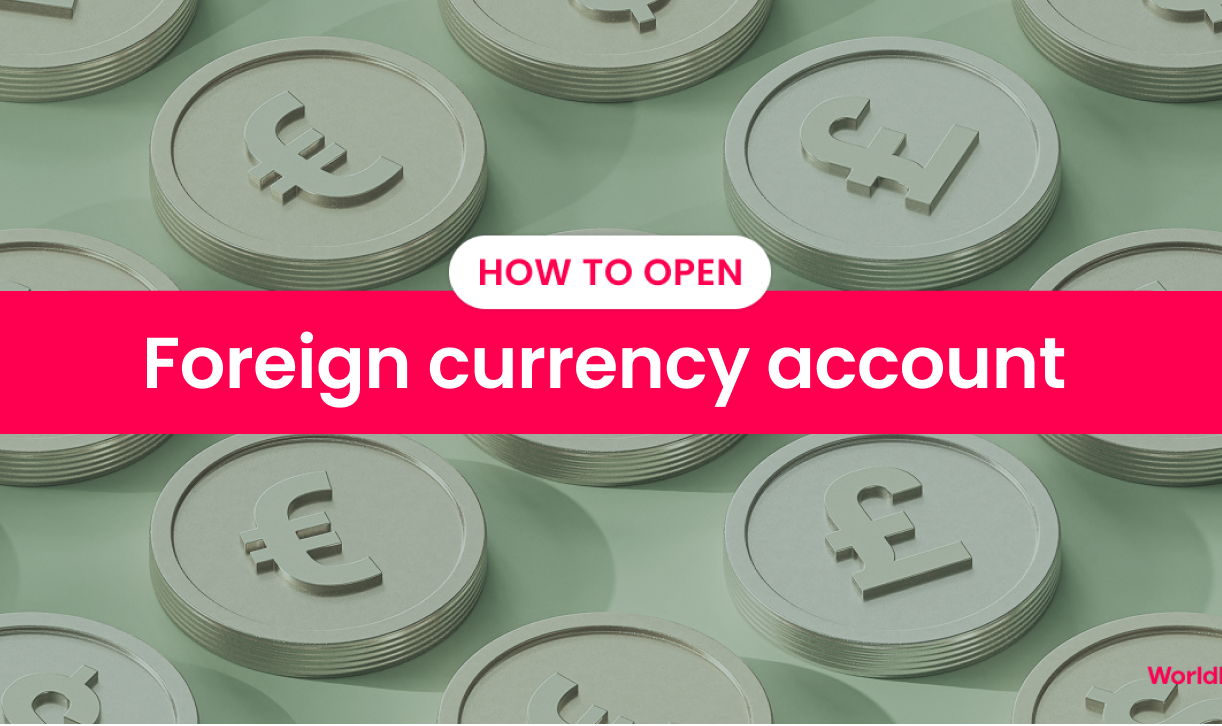
10 best business bank accounts for startups in the UK
Discover the best business bank accounts for UK startups in 2026. Compare fees, features, and tools to choose the right account for fast growth.
Dec / 2025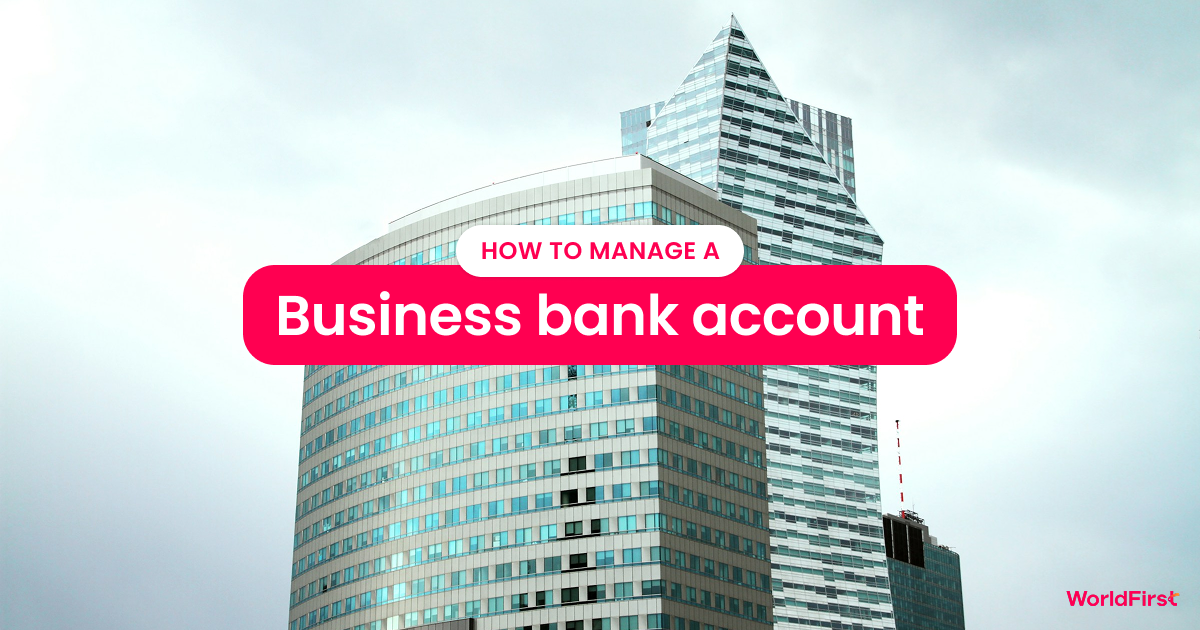
How to manage a business bank account in the UK
Learn how to manage a UK business bank account effectively. Step-by-step tips on payments, security, automation, bookkeeping, and compliance.
Dec / 2025
Best foreign currency card: 6 options for businesses and travellers
Foreign currency cards are a great way to manage your international spending. Discover the best options for businesses and individuals here.
Dec / 2025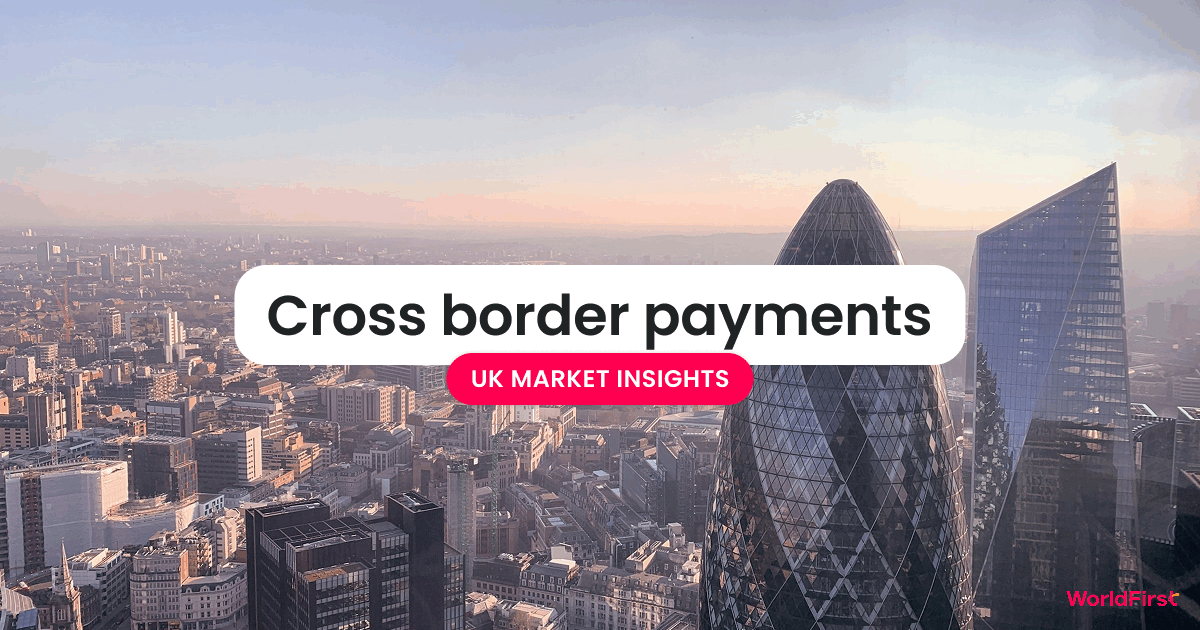
Trends in cross-border payments 2026: UK market insights
Explore key cross-border payment trends shaping UK businesses. Learn about new technologies, FX innovations, and regulatory changes.
Dec / 2025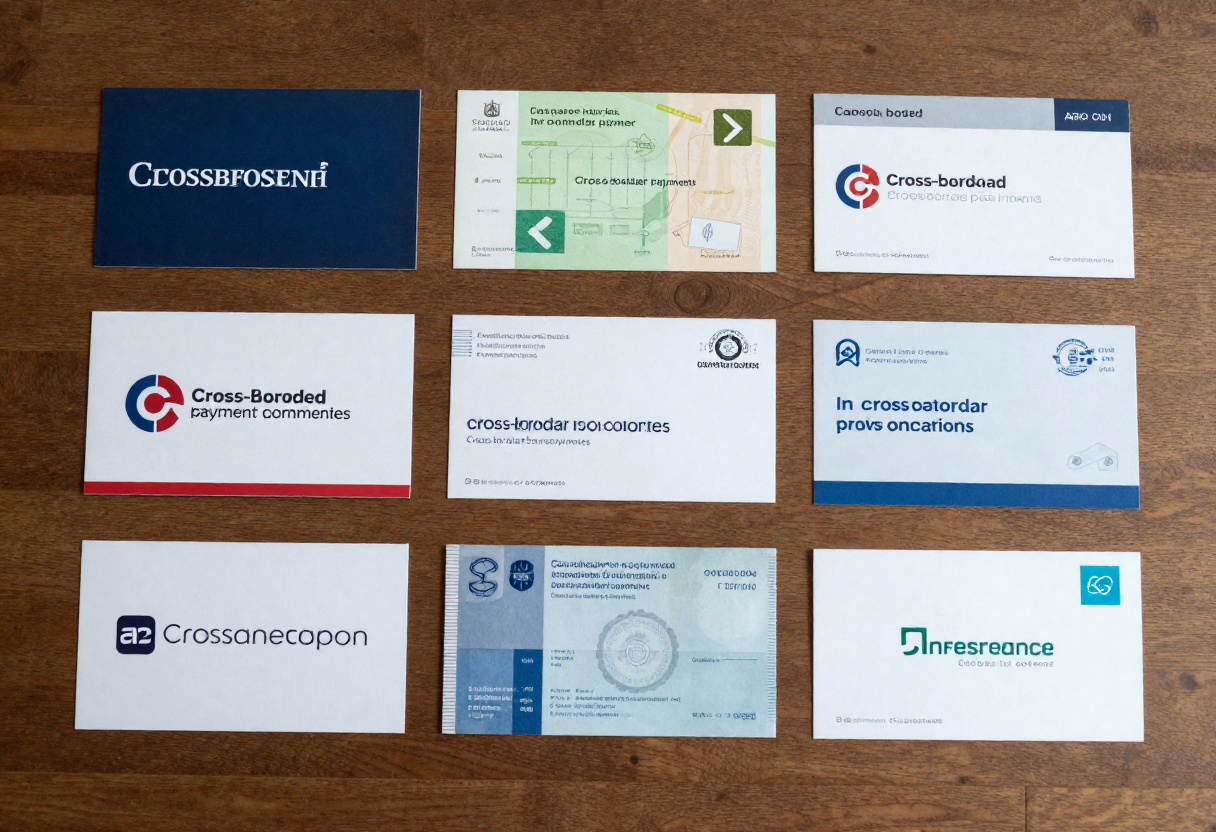
Cross-border payment companies: 6 top providers compared
There are many companies out there specialising in cross-border payments. We break them down, and share what you really need.
Dec / 2025
What’s the best way to transfer large sums of money internationally?
The best way to send large sums of money internationally is with a multi-currency business account. Find out more and get started in this guide.
Dec / 2025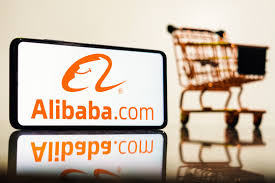
How to pay Alibaba suppliers safely
Alibaba is a great platform for sourcing products online. But what’s the best way to pay Alibaba suppliers? In this guide, we share what you need to know.
Oct / 2025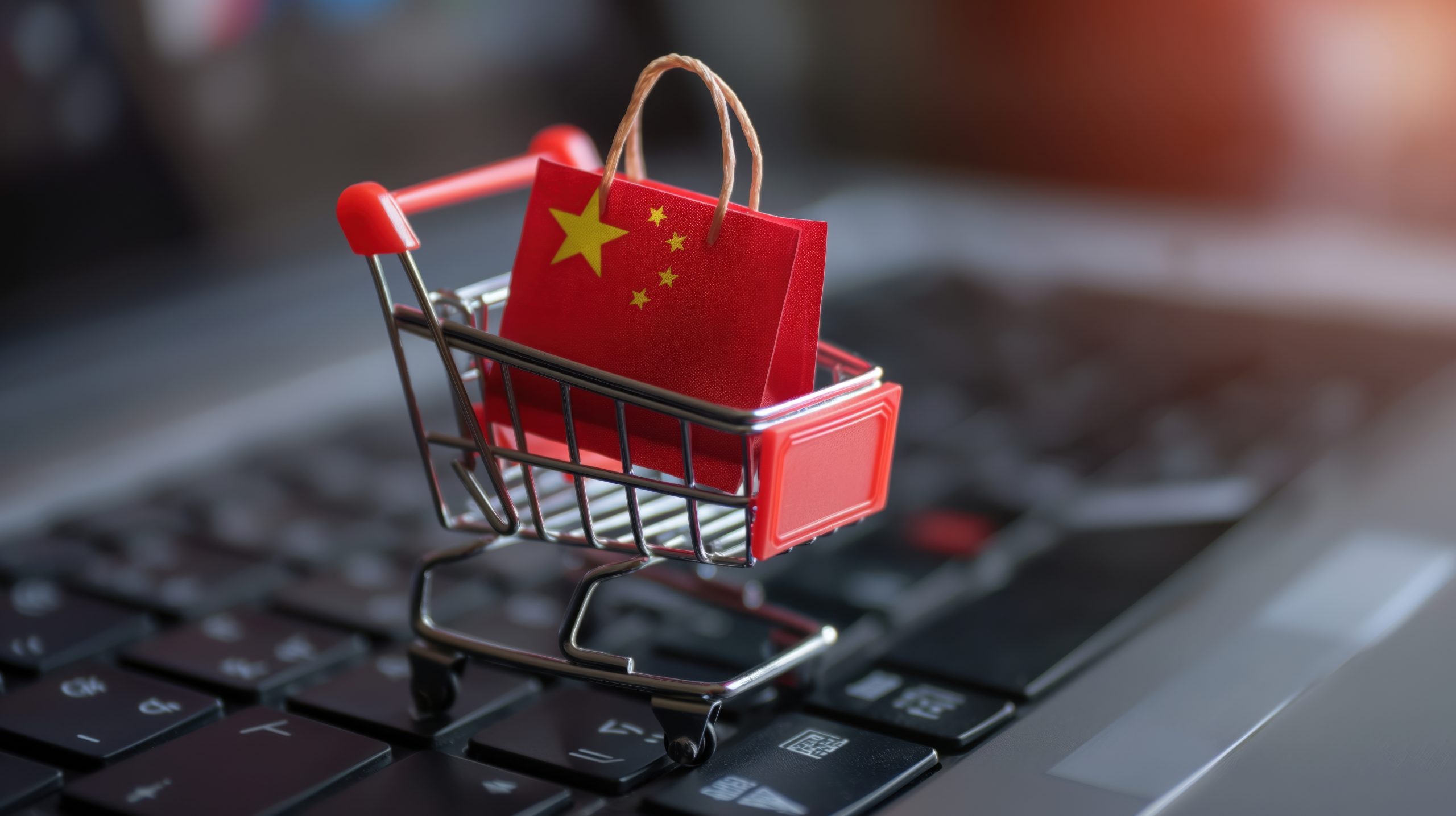
The best way to pay Chinese suppliers: A guide for cross-border businesses
If you’re looking to pay suppliers in China, WorldFirst’s multi-currency account is your best option. Discover why in this guide.
Oct / 2025
How to buy and sell from China: 5 tips for online sellers
The coronavirus pandemic led to greater demand for luxury goods in Asia. Find out more about selling premium goods to China.
Sep / 2025
How to sell globally on Amazon (& top tips)
How can you sell globally on Amazon? This guide goes into detail about choosing the right business model and how to make your listings stand out.
Jul / 2025
How Earle Wines cultivates global trade with a personal touch
Learn how Earle Wines relies on strong partnerships and WorldFirst's support to manage global transactions while maintaining personal connections.
Dec / 2024
August 2024 UK Market Update
Stay informed with our comprehensive market update for August 2024. Explore key trends, economic indicators, and investment insights shaping the financial landscape this month.
Dec / 2024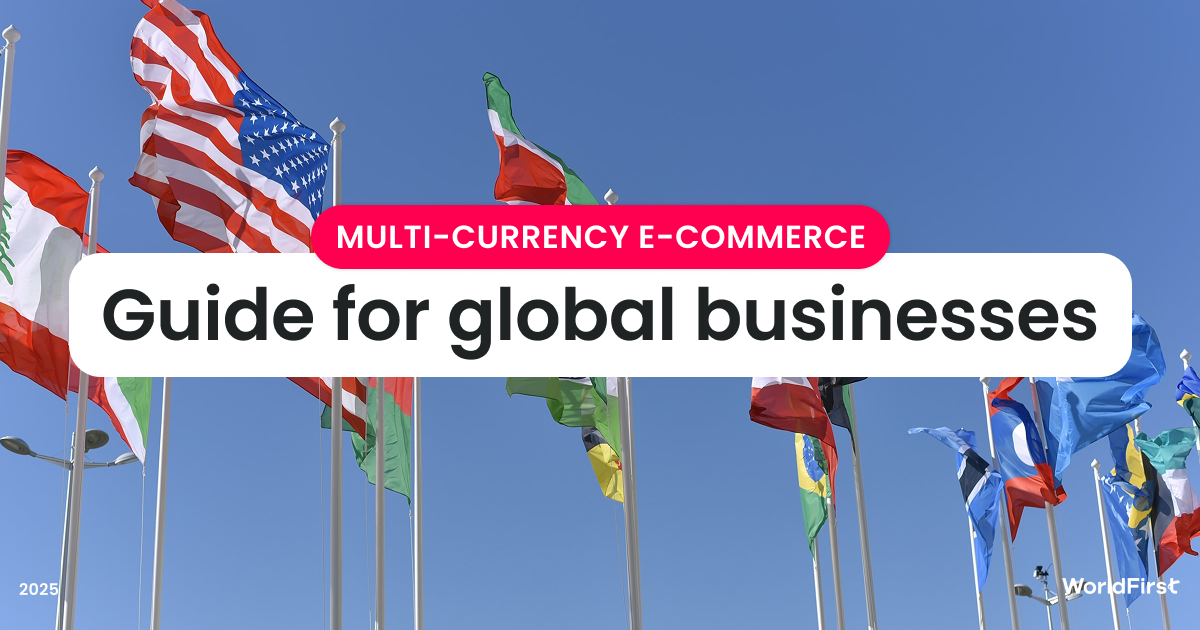
Multi-currency e-commerce: Guide for global businesses
Expand your e-commerce business globally. Learn how multi-currency payments boost sales, conversions, and customer trust.
Nov / 2025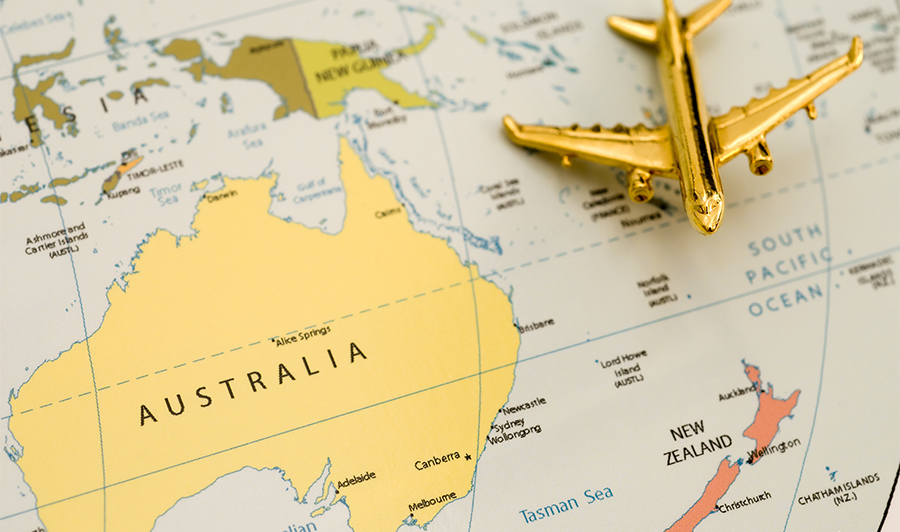
How to sell online in Australia and New Zealand
The original piece ranks in position 3 for this keyword, but it’s not registered any conversions this year. We can optimise the piece to boost conversions.
May / 2025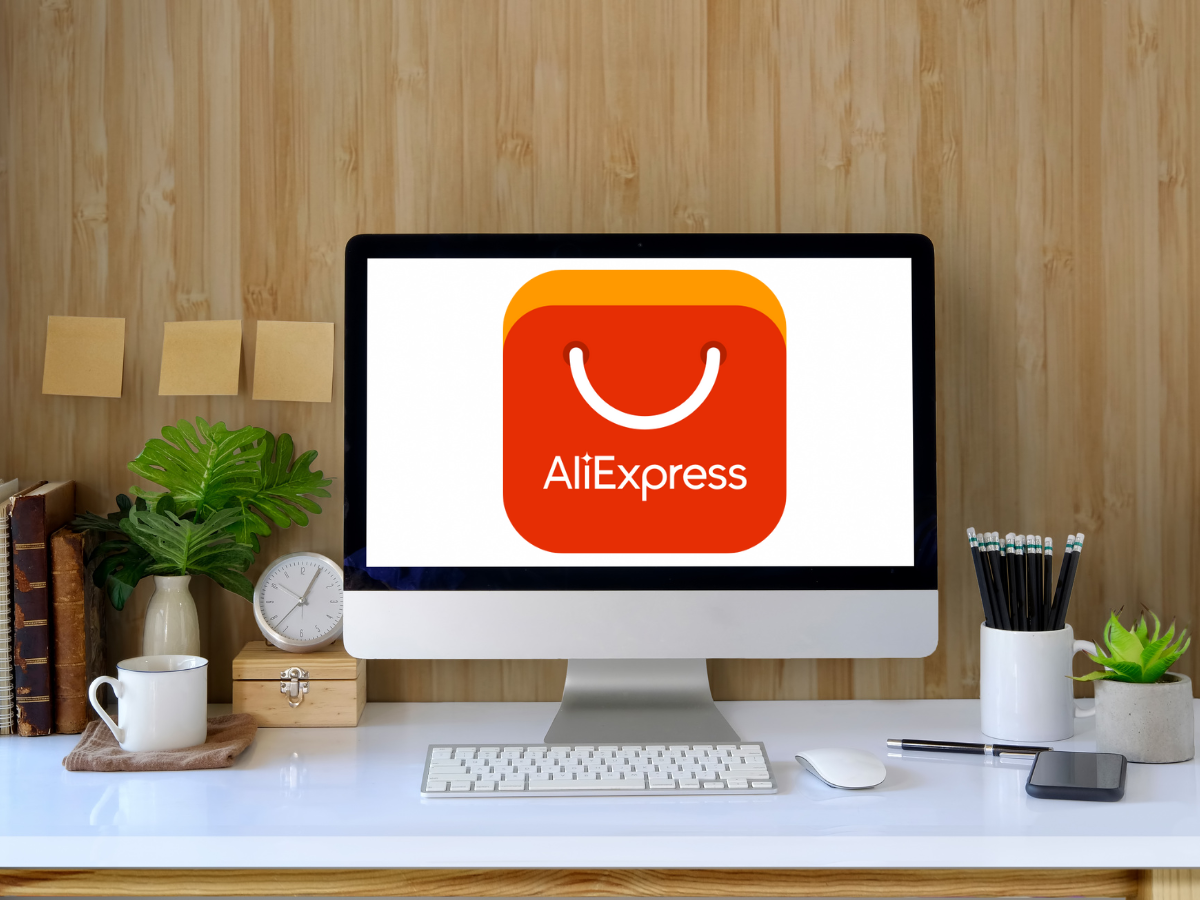
AliExpress Business: A new way to source products
AliExpress Business is built for SMEs and e-commerce sellers sourcing at scale. Submit RFQs and access business tools for wholesale and dropshipping.
Apr / 2025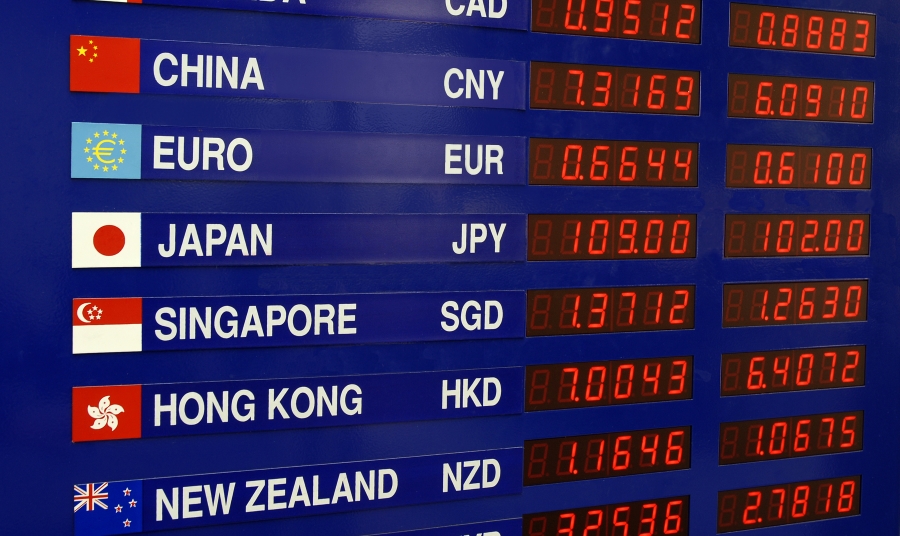
Foreign exchange risk management: How to make international business more affordable
Foreign exchange risk management is vital to e-commerce brands. This article offers tips to help with foreign exchange risk.
May / 2025
We’re taking the fight to financial crime
Find out how our team tackles financial crime and what businesses can do if they think they’ve fallen victims.
Dec / 2024
Receiving foreign currency payments in local currency
Learn about the pros and cons of local currency payments.
Dec / 2024WorldFirst articles cover strategies to mitigate risk, the latest FX insights, steps towards global expansion and key industry trends. Choose a category, product or service below to find out more.
- Almost 1,000,000 businesses have sent USD$300B around the world with WorldFirst and its partner brands since 2004
- Your money is safeguarded with leading financial institutions
